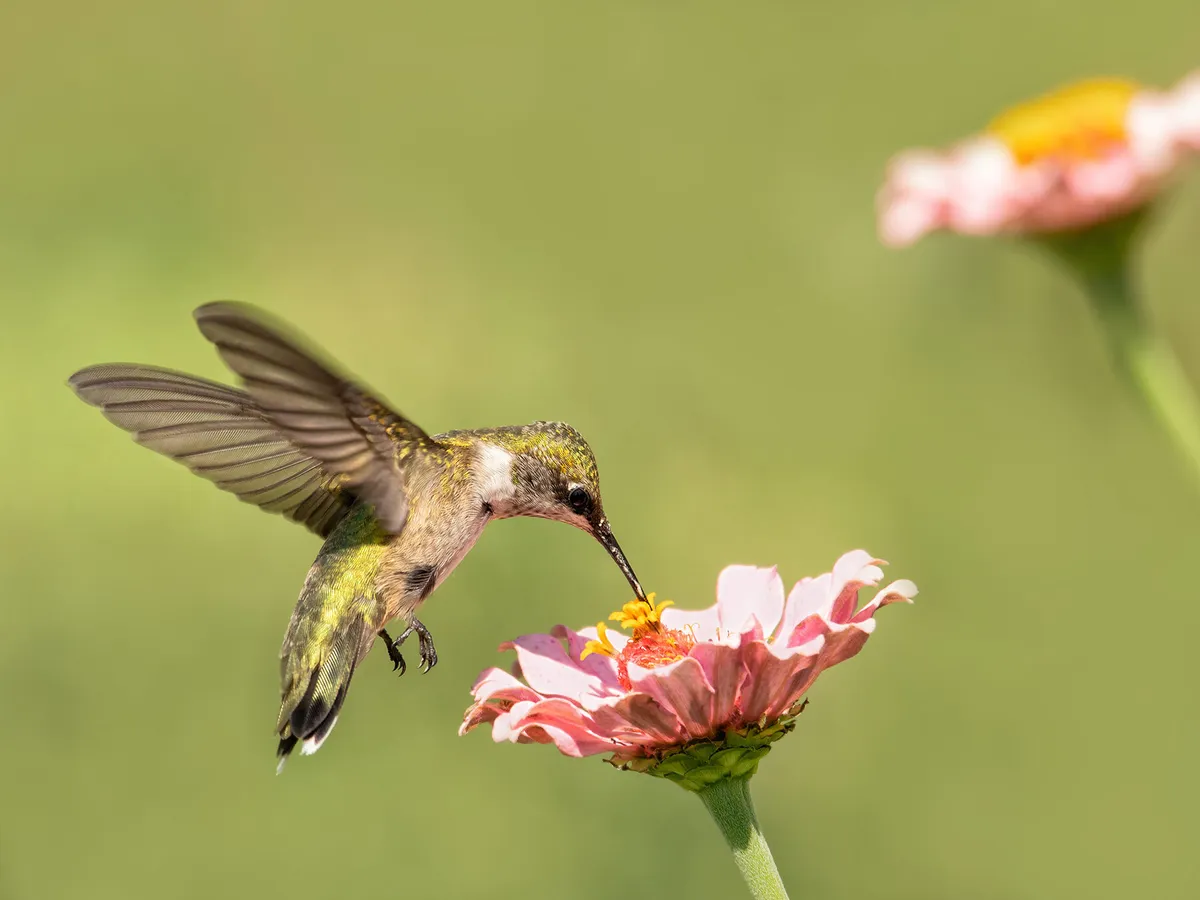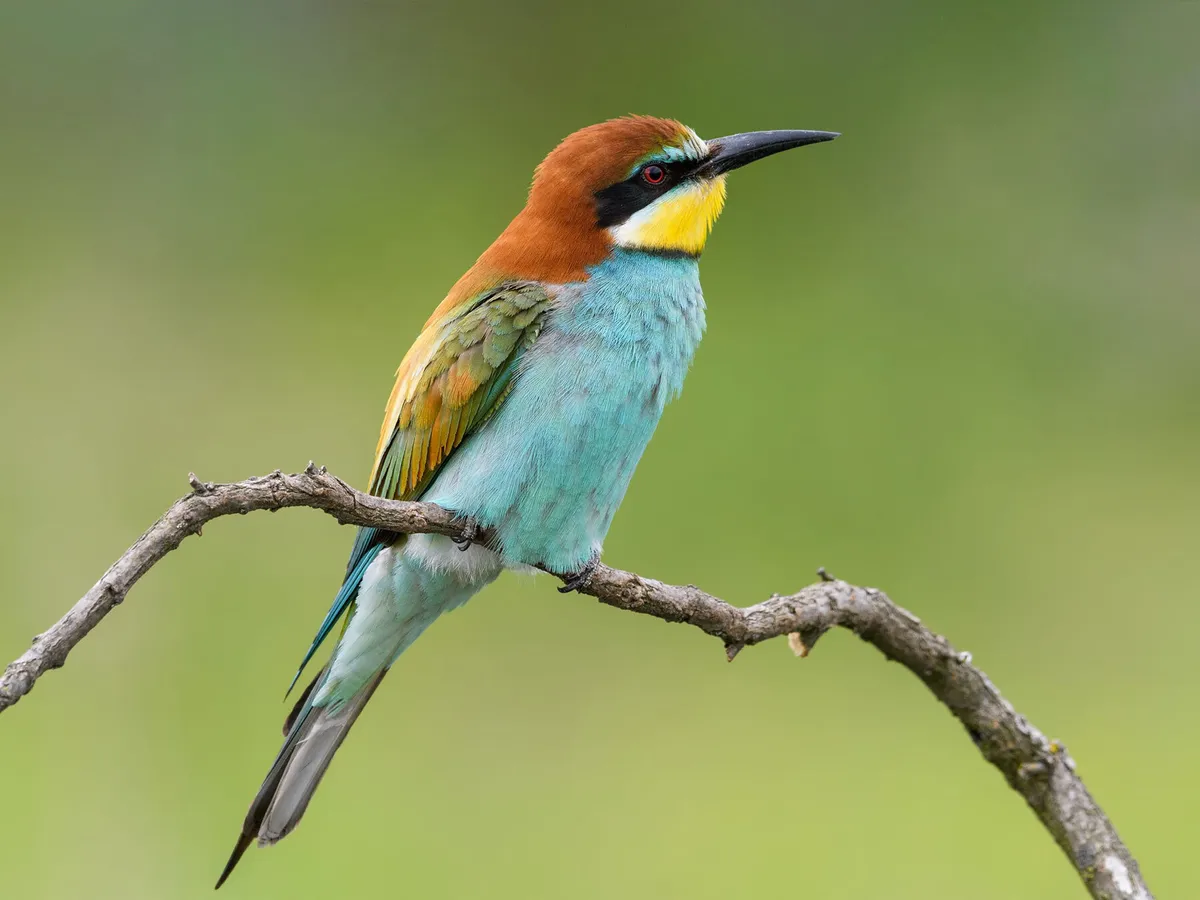While bees are well-known for their function in pollination, birds frequently go unacknowledged for their part in this process. The act of pollination by birds, particularly nectar-eating species like sunbirds, honeyeaters, and hummingbirds, is known as ornithophily. These birds unintentionally collect pollen while they consume nectar, which they subsequently spread to the next flower they visit to help with pollination. Despite the fact that birds are essential for pollination, bees are thought to contribute more to commercially grown crops than birds do. Continue reading to find out more about the contrast between bees and birds in pollination.

Ornithophily, the pollination of flowers by birds, relies on hummingbirds as important contributors. Pollination occurs when pollen grains or seeds from a flower’s stamen are transferred to the pistil of another flower, resulting in fertilization and the creation of more plants. The feeding habits of birds, such as those that consume nectar, berries, and perching on flowering plants or trees, help facilitate this process. When birds interact with flowers, pollen grains stick to their beak, feathers, and feet, which they then transfer to the next plant they visit, leading to pollination. Nectar-feeding birds, in particular, play a crucial role in pollinating thousands of wildflowers. With their needle-like bills, they drink nectar from long, tubular flowers, transferring pollen grains to every flower they feed on. Hummingbirds are particularly drawn to red-petaled flowers, making them an attractive candidate for pollination.

Which birds are involved in pollination?Significant pollinators include nectar-eating birds like hummingbirds, honeyeaters, and sunbirds. They accidentally spread pollen from one bloom to another as they consume nectar from blossoms. Orioles, finches, and woodpeckers, among other bird species, occasionally ingest nectar and help pollinate flowers. Regardless of their nectar intake, almost 2,000 bird species have been recognized as pollinators. Lorikeets and other rainforest parrots devour fresh flowers and spread pollen while in search of food. Birds that eat vegetables can pollinate other plants by spreading the pollen that their blossoms generate. A key element of pollination is also played by birds that chase insects off of flowers because they spread tiny pollen particles between blooms as they pursue their meal.

Sunbirds are significant contributors to the pollination process, as they assist in fertilizing various plant species. Although bees are the leading pollinators globally and responsible for 80% of crop pollination, birds should not be overlooked. Even though they do not pollinate commercially grown crops, they are vital in maintaining the survival and propagation of numerous plant species. For example, hummingbirds alone are responsible for pollinating approximately 8,000 plants in the Americas. Additionally, birds from roughly 60 wildflower families are crucial in pollinating thousands of plants. Therefore, it can be concluded that birds, such as sunbirds, are instrumental in preserving ecological balance by providing aid in pollination.

Do bees play a critical role in the survival of birds? The answer is yes. Bees play a vital part in pollinating various plants, which are crucial to the survival of several bird species. Birds that rely on fruits and berries as their food source benefit directly from the successful pollination process facilitated by bees moving between flowers of fruit trees and shrubs. If bees were to disappear, many plant species worldwide would suffer, leading to a significant decline in landscape diversity. This, in turn, would adversely affect the future of birds, leading to reduced sources of food and degraded habitats for them. Some bird species, such as bee-eaters, thrushes, and swifts, consume bees as a significant portion of their diets, while woodpeckers target beehives when given the chance. Bee larvae also play a vital role in the honey buzzard’s diet.

Although Bee-Eaters are known to like eating bees, did you know that birds also play a significant role in pollination and seed dispersal? Berry-loving birds have a particularly significant role in dispersing seeds. Any seeds they eat while munching on berries and fruit end up being excreted onto the ground, where they have a chance to take root and thrive. The ability of migrating birds to carry seeds over great distances in their digestive systems is quite astonishing. According to study, seeds may travel more than 300 kilometers from their initial place! The cassowary, which eats plants that other animals avoid, such as toxic plants and fruits with enormous seeds, is one of the most spectacular seed dispersers in existence. These majestic birds play an essential role in preserving diversity and renewing species in their rainforest homes.

Do you ever pause to consider the various ways that nature interacts with one another to produce mouthwatering fruit for humans to enjoy? Did you know that birds also play a role in pollination fruit trees? We all know how important honey bees are to the process. These flying critters assist to ensure that fruit plants are fertilized properly by bringing pollen with them as they go from tree to tree. Our avian companions are also hard at work, helping to cultivate some of our favorite fruits including apples, peaches, pears, plums, cherries, and mangoes. It’s not just the bees that are working hard.